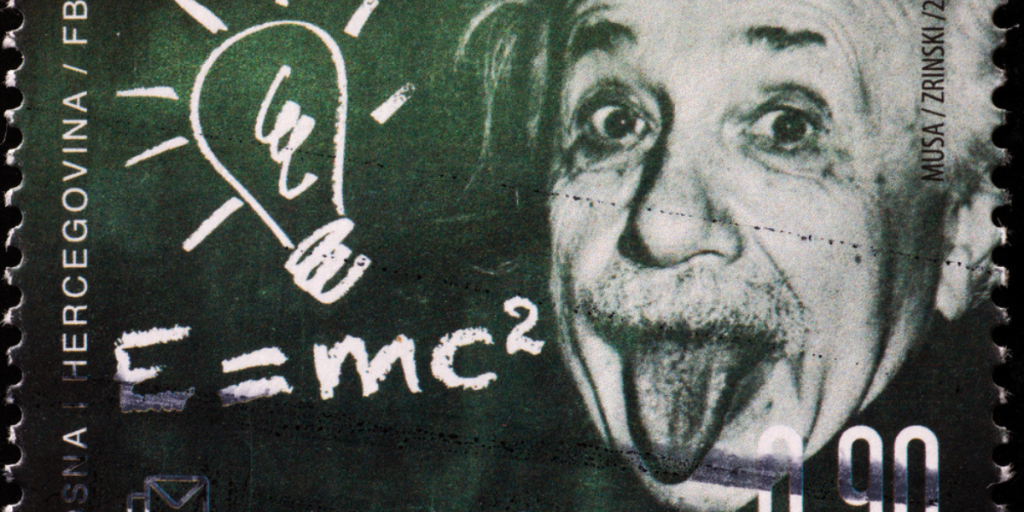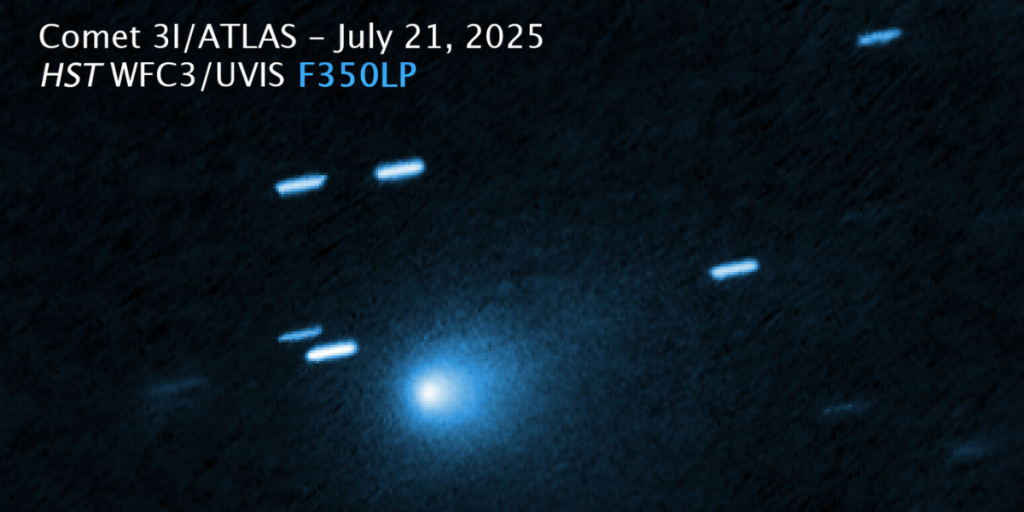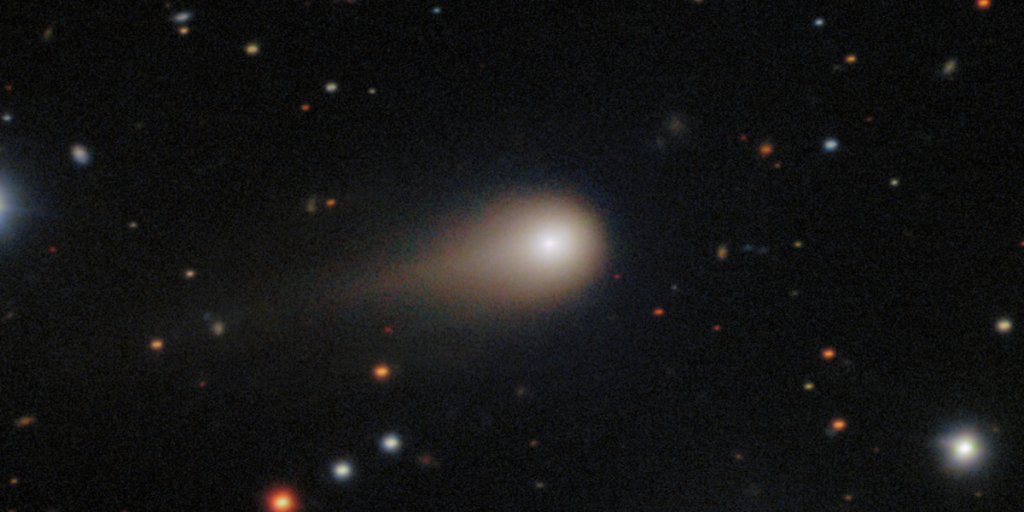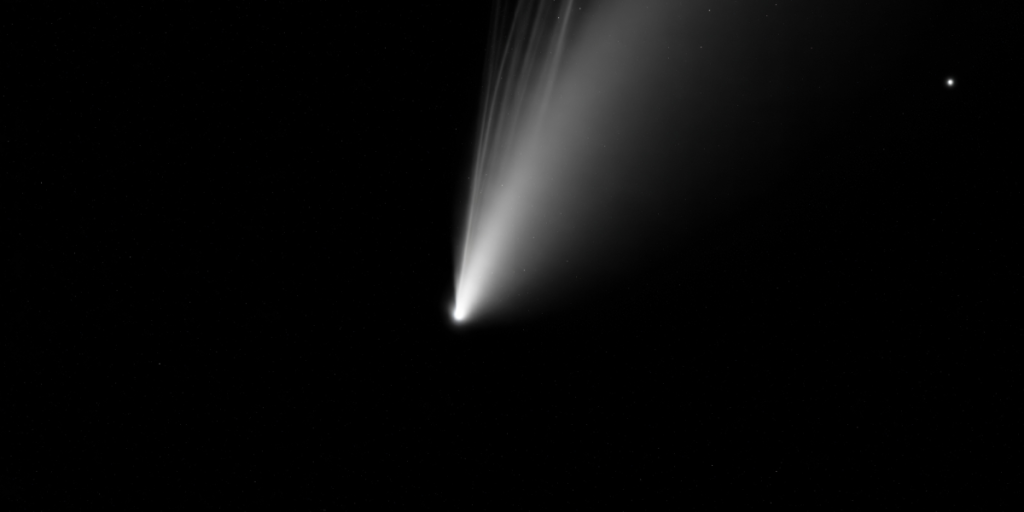Mystery deepens as 3I/ATLAS deviates near the Sun
Others are reading now
Mystery deepens as 3I/ATLAS deviates near the Sun
A strange visitor challenges what we know about space

Every so often, an object from beyond our solar system catches humanity’s attention—and sometimes, it reshapes what we think we know.
That’s what’s happening with 3I/ATLAS, an interstellar object currently moving through our solar system. Its path near the Sun appears to have confirmed a major Einstein theory—before veering unexpectedly into the unknown.
3I/ATLAS supports Einstein’s general relativity—at first

As The Economic Times reports, astronomers observed gravitational lensing when 3I/ATLAS passed close to the Sun.
This effect, first predicted by Albert Einstein in 1915, describes how a massive body like the Sun warps space-time and bends light. The object’s apparent position shifted, just as Einstein’s theory suggests—initially a strong confirmation of general relativity.
Also read
But the light didn’t bend quite as expected

The surprise came in the degree of the shift. According to Harvard professor Avi Loeb, 3I/ATLAS showed a shift of about four arcseconds, far beyond the 0.27 arcseconds scientists had predicted.
As The Economic Times explains, this scale of deviation is not small: One arcsecond equals 1/3600 of a degree—about the size of a dime viewed from over two miles away.
Is 3I/ATLAS really a comet?

The unusually large shift isn’t the only oddity. The Economic Times quotes Loeb noting that 3I/ATLAS brightened strangely near its closest point to the Sun (perihelion on October 29) and appeared bluer than the Sun.
Natural comets typically appear redder, due to how they reflect sunlight. Loeb argues that the lack of a visible gas cloud—expected if this were a comet—raises further questions about whether the object is natural at all.
A deeper mystery for astronomers to solve

In his blog post, Loeb suggests that without evidence of a gas cloud or dust trail, the object might not be a standard comet.
Also read
As cited by The Economic Times, the unexplained lensing effect, odd coloration, and brightening all point to the possibility that 3I/ATLAS may not be a natural body—and could demand a reevaluation of our assumptions about interstellar objects.
When science answers one question, it opens two more

While 3I/ATLAS may have offered one of the best real-time confirmations of Einstein’s theory of general relativity, it has also raised an even bigger question:
What is this object? Whether it turns out to be an unusually behaving comet or something else entirely, one thing is clear—space still has plenty of surprises in store, and we’ve only just begun to understand them.


